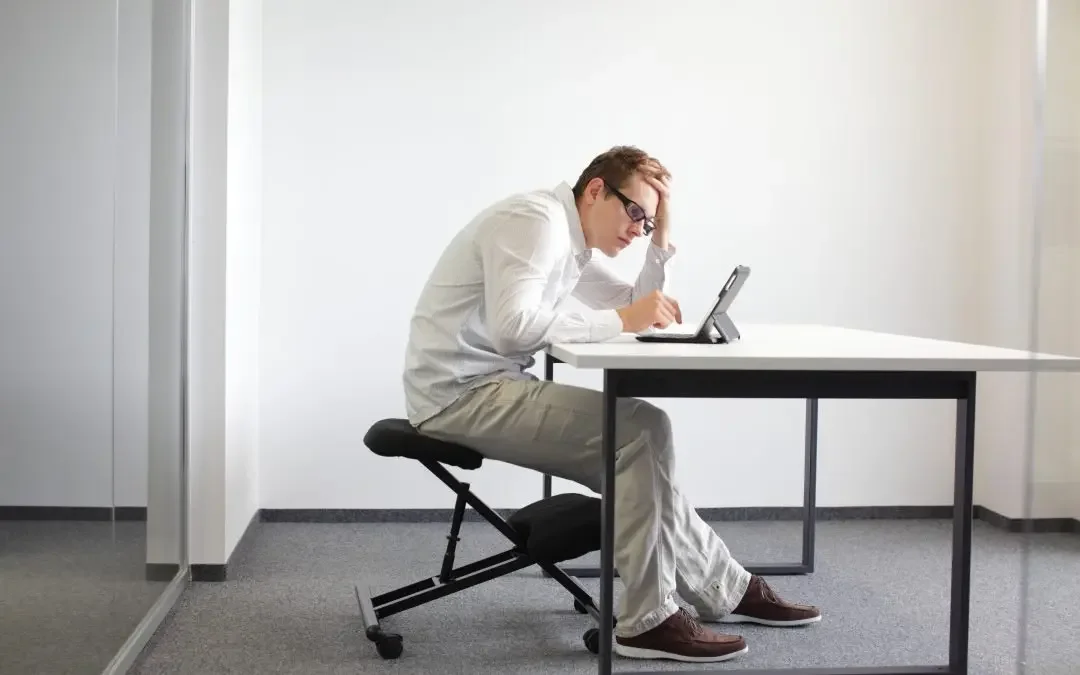Your Fascia Hates Your Chair – Why Modern Posture Works Against Your Body’s Design
We spend more time sitting than ever before — at desks, in cars, on couches. But here’s the truth: your body wasn’t designed for a chair.
Fascia, the body’s connective tissue web, responds to how you move (or don’t move). Prolonged sitting compresses, stiffens, and trains fascia into shapes that reflect modern posture rather than primal design. And over time, those shapes can lead to pain, tension, and fatigue.
The Science of Sitting and Fascia
Fascia is highly adaptive — it molds itself around your habits. When you sit for hours each day:
Hip flexors shorten and pull the pelvis out of alignment
Spinal curves flatten or exaggerate from lack of dynamic movement
Shoulders round forward, straining the neck and upper back
Circulation slows, impacting both blood and lymph flow
The nervous system also plays a role. Static postures increase muscle load even if you don’t notice it, leaving you wired or fatigued rather than supported.
Why Your Chair is Part of the Problem
Unlike the floor, where primal squatting, kneeling, and cross-legged sitting promote variety, chairs encourage one repetitive pattern: collapsed hips, rounded spine, and disengaged core. Your fascia then “memorizes” this position, locking your body into stiffness even when you stand.
Signs Your Fascia is Chair-Shaped
Do any of these sound familiar?
Lower back stiffness after sitting
Neck or shoulder tightness that lingers
Difficulty standing tall without effort
A sense of being “compressed” or “slumped”
These are fascia talking — not just sore muscles.
What You Can Do
The solution isn’t to swear off chairs forever (though sitting on the floor occasionally helps). Instead, it’s about:
Movement variety: Regularly shifting positions to keep fascia hydrated and mobile
Micro-breaks: Standing, walking, or stretching every 30–45 minutes
Fascia-focused bodywork: Techniques like Rolfing® Structural Integration and myofascial release to unwind the patterns chairs create
Breathwork + awareness: Resetting the nervous system to move from safety, not survival
Your fascia remembers your chair. But with intentional movement, awareness, and the right support, you can retrain your body back toward fluidity, alignment, and ease.
In our clinic, we help clients “un-chair” their fascia every day — restoring posture that feels natural, not forced.
📍 Book a session and start moving the way your body was designed.


